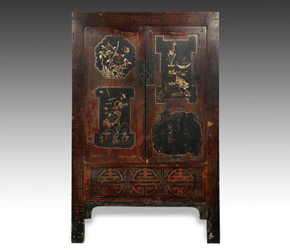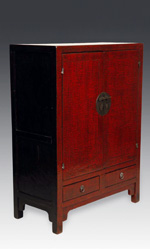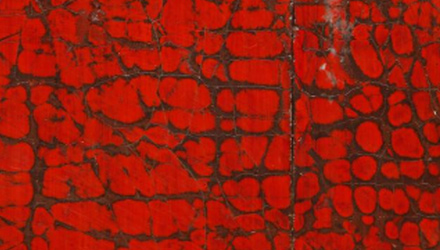Chinese Gu vs Furniture Provenance
 |
|
The western concept of “provenance” can be described as the life story of a particular piece: who made it, where was it made, when was it made, and who has owned it since then. But this concept, while it can be used to gauge the value of western antiques, does not apply to furniture made in imperial
In fact, the
 |
|
In tracing the threads of provenance innumerable stumbling blocks are constantly encountered with Chinese furniture. For example, furniture makers typically did not sign their creations. The western idea to immortalize the maker was foreign to Chinese culture, and craftsmen were typically not elevated to notable status. If anyone had their name affixed to a piece of furniture it was likely to be the buyer, since they had all the money and status. However, the appearance of any kind of name or identifying symbol on furniture is extremely rare, so the questions “who made it” and” who owned it” are rarely answerable.
In examining where a piece of furniture was made and its age similar difficulties are encountered. For example, it is generally possible to identify regional characteristics; however, such characteristics do not necessarily indicate origin. A
To compound matters, the concept of provenance relative to Chinese furniture (and many other art forms including most handicrafts) became utterly confused during China’s
The western concept of provenance simply does not apply to Chinese antiques. When and where something was made and who made it are impossible to determine, and the most recent owners rarely have any connection to the original owners. The chain of ownership inevitably moved to the state, then to new owners or dealers. Finally, and perhaps ironically, as the warehouses have emptied and this furniture has hit Western shores, prices have been driven by the Chinese concept of gu instead of the western concept of provenance and the most aesthetically pleasing pieces have become the most valuable.

|
|
Download this Article: Chinese Gu vs Furniture Provenance.pdf